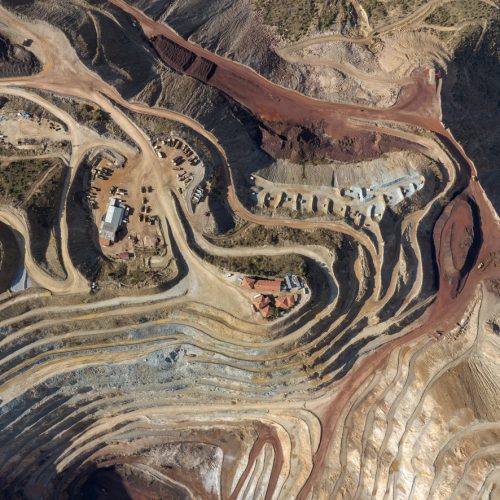This study examines the legal and political institutions and the social context within which transmission lines are built in the United States, and the challenges that an aggressive expansion of the grid face. We focus on one aspect of the grid: long-distance transmission lines. A significant expansion of long-distance transmission capacity is needed to connect remote wind and solar resources to major urban and industrial users and represents an important part of the solution to meeting major electrification demands of the new economy.

To meet growing electricity demand, the United States will need to increase the capacity of its long-distance transmission lines by 25 percent over the next two decades. Taking full advantage of wind, solar, and hydroelectric power resources will also require doubling the nation’s network of long-distance transmission lines. Meeting these targets will allow the United States to capture the economic potential of these resources and decarbonize its energy system.
This study and its companion, Four Case Studies of Long-Distance Transmission Development, examine the regulatory, political, and social factors that shape long-distance transmission development. Our aim is to describe how transmission lines are planned, permitted, sited, and built in the United States. Drawing on these insights, we identify ways to improve transmission development so that the nation can meet its electricity goals in a way that is attuned to the needs of American communities, the environment, and our national economy.

















